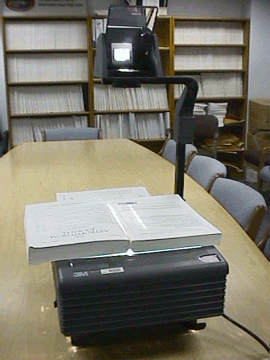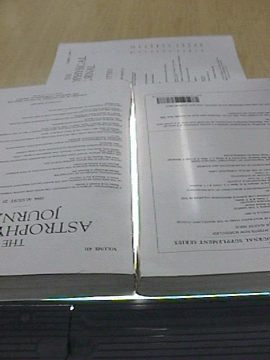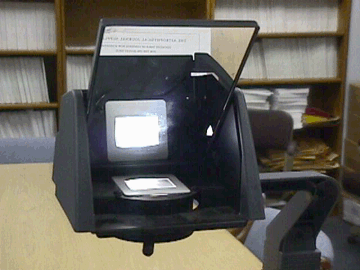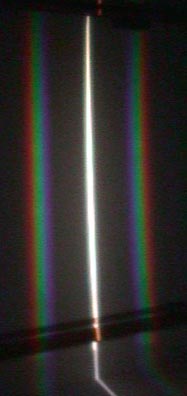Introduction
Light can be described in many ways, by its energy, its wavelength, or its
frequency. All three terms are equally important, and all are interrelated.
Each color in the spectrum, for example red, has a distinct energy, but
also has a specific wavelength and frequency. The convention is
that infrared light and visible light (the rainbow of colors our eyes can see)
are usually described by wavelength, radio waves in terms of frequency,
and high-energy X-rays and gamma-rays in terms of energy. This scientific
convention allows the use of the units that are the most convenient for that
energy of light. For example, it would be inconvenient to describe both low-energy radio waves and high-energy gamma-rays with the same units because the
difference between their energies is so great. A radio wave can have an
energy on the order of 4 x 10-10 eV, as opposed to 4 x 109 eV for gamma-rays. That's an energy difference of 1019, or
ten million trillion, eV!
|



